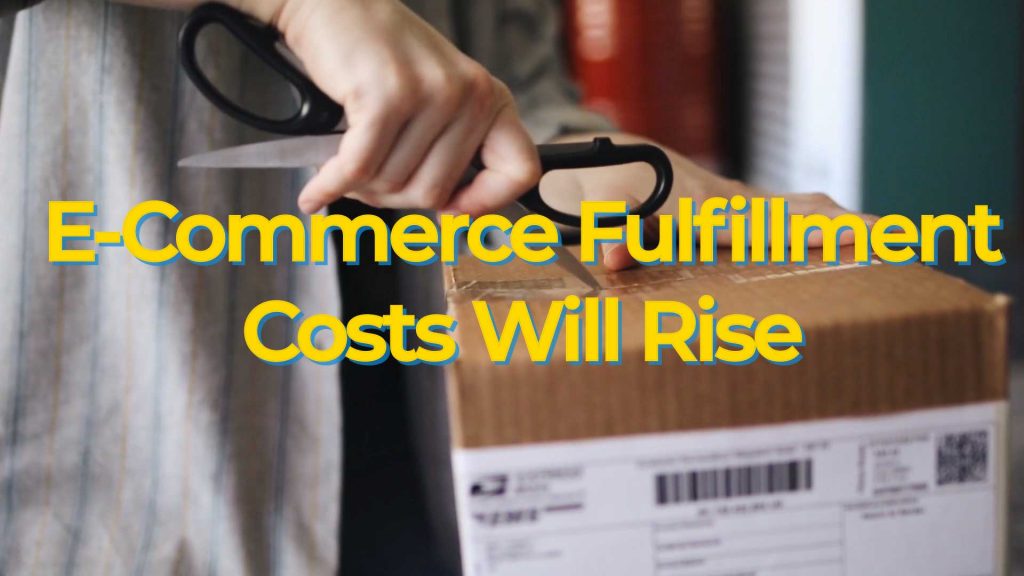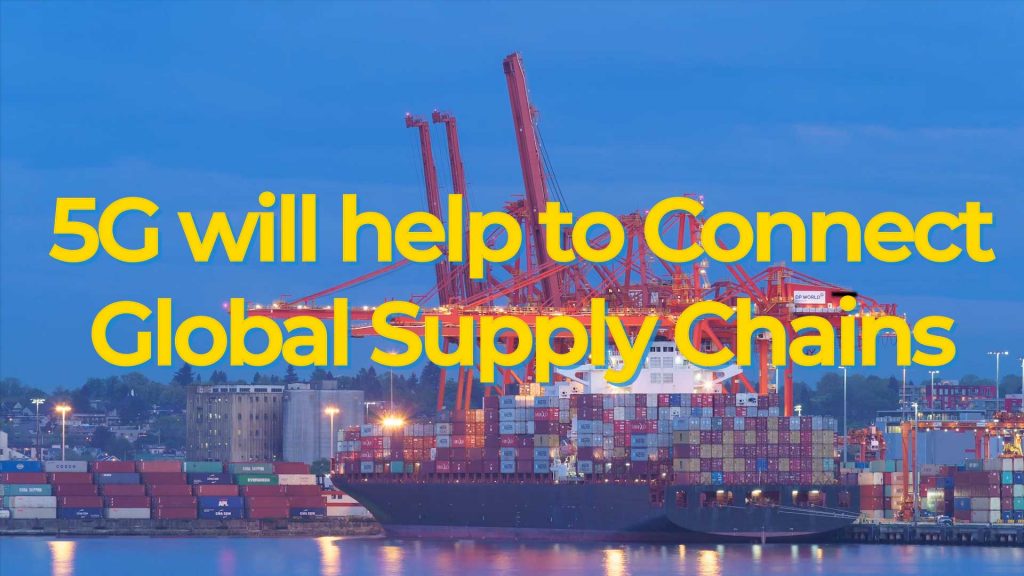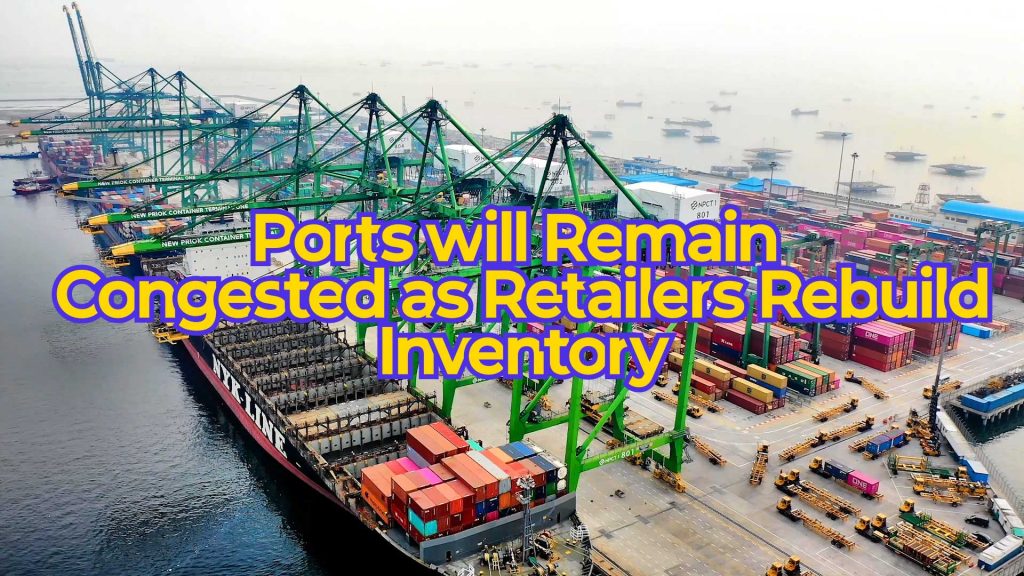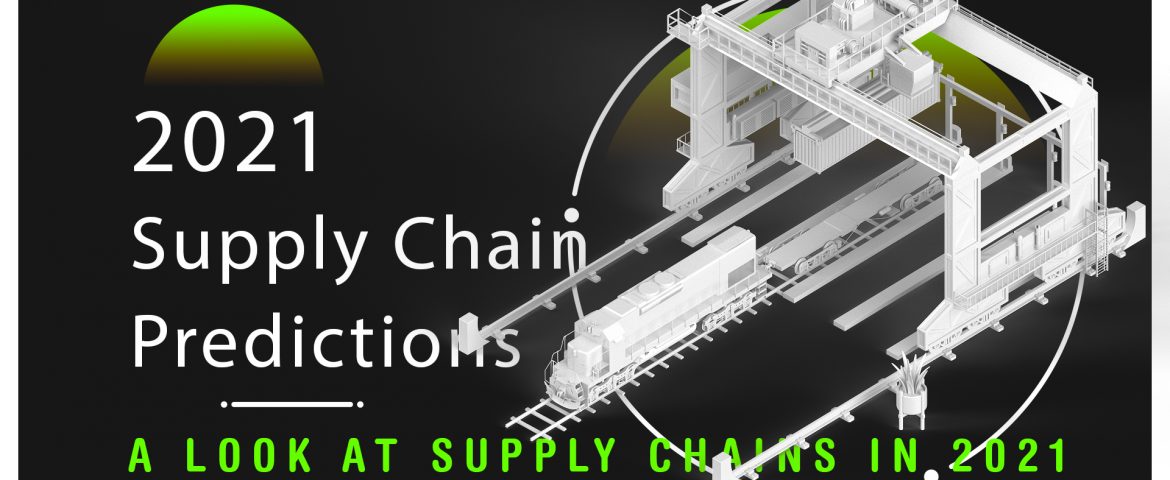2020 was a tough year with the myriad of disruptions covid-19 created. The supply chain industry was heavily disrupted with widespread factory closures, freight volume and pricing volatility and unending demand for e-commerce solutions.
What will supply chains face in 2021? Let’s take a look at our top 2021 supply chain predictions.
Vaccine Logistics and Transport
With over 300 million people needed vaccine doses in the coming months just within the US, and President Biden pledging for 100 million doses delivered in 100 days, puts the pressure on US supply chain and cold chain providers to facilitate the national vaccine distribution effort. The vaccines require cold temperatures, ranging from -94 F for the Pfizer and between 36 -46F For the Moderna vaccine. This puts the bulk of the vaccine distribution plan squarely on the shoulders of existing cold chain shipping providers and other parcel carriers with cold chain experience.
Vaccine logistics will continue to be optimized as plans and procedures are revised over time. Hopefully by the end of 2021 everyone in the United States will have had the opportunity to get a covid19 vaccine.
Continued Consumer Demand
Consumer demand rose more than expected in Q3 and Q4 of 2020. This put volume on transportation providers that were not expecting the increase in freight volume following the rapid fall-off of freight in Q2. Many industry experts expect freight volumes and consumer demand to remand highly elevated throughout much of 2021. For many transportation and logistics firms, this is welcome news after the freight recession in late 2019. However, for shippers, this increase in freight volume will keep rates at current levels mostly likely for the foreseeable future.

Ecommerce Fulfillment and Supply Chain Planning
E-commerce spend rose by 44% in 2020, which is a remarkable growth rate over 2019. While overall consumer spending was slightly higher than in 2019, the e-commerce jump was the major consequence of covid19 precautions and the switch to online points of sales vs in-store purchases. As we talked about in our e-commerce and reverse logistics blog, more businesses than ever before started providing at least some form of online purchase ability. Look for e-commerce to continue to grow in demand for 2021. Retailers will need to more clearly think about the ROI on maintaining brick and mortar locations and how to manage fulfillment costs.
We fully expect fulfillment costs to rise as more and more business is carried out via the e-commerce model. This will propel existing and new entrants into the fulfillment business the opportunity they need to grow, in addition to more retail firms better optimizing and expanding their in-house fulfillment capacity.
Technology integration into warehouse management, fulfillment, and analytics will also become increasingly important as controlling costs will directly impact the profitability of firms.
Supply Chain Risk Management
The coronavirus pandemic was a rude awakening for many firms that heavily relied on one or two suppliers in one foreign country for the vast majority of their inventory. Supply chain resilience is already becoming a major topic for supply chains large and small. The risk a supply chain has is much greater when it relies on one geographic area or one supplier for inventory needs. With the initial covid19 shut down in China, many global brands were left scrambling to source inventory and parts from other sources or simply ran out of inventory.
2021 will see risk management as a top priority with careful planning to ensure that one supplier shutting down doesn’t prevent a full stop to the firm’s ability to sell its products.

5 G in the supply chain
5G in short means that mobile data transfer will be around 1000 times faster than current 4g levels and handle thousands of times of the data volume. That means that mobile connectivity is going to be hugely improved in a very noticeable way.
With 4g, traditional internet connections were still required for many applications that needed high speed and vast amounts of bandwidth. The introduction of 5g removes the barrier of needed a traditional connection.
This is a game-changer for bringing the internet of things to the global supply chain industry. The major limitation will simply be cost and the ability for firms to handle and analyze even more data. Keeping each point within the supply chain better connected will give firms the ability to more clearly follow the movement of goods. Supply chain visibility will be greatly increased and with it, the potential for supply chains to be more nimble, find and solve problems faster, and make better data-driven decisions.
Many supply chains are so large and span multiple continents, not to mention multiple logistics companies being involved in nearly every shipment, that it will take some time before 5g devices are widely deployed across any supply chain, but 2021 will further see the evolution and rollout of 5g.
Supply Chain Sustainability
More brands than ever are adopting social responsibility as an important corporate value, often this means a careful look at their supply chains in an effort to reduce waste and pollution. The switch to recycled materials and an increase in the use of wood products for packaging is a trend that will continue.
Solar panels, high-efficiency HVAC, led lighting and other energy savings are being incorporated into existing and new build offices, warehouses, and factories for a wide range of brands.
Over the next 5-10 years, electric trucks will start to be seen on America’s roads. At first, they will be short-haul drayage, delivery or box type vehicles, but over time, larger semi-trucks meant for regional service will also be seen.
While cargo ships are a very efficient form of transportation due to the sheer amount of cargo they can transport, they also produce a large number of emissions due to the type of fuel oils used to power their diesel engines. Large maritime shipping firms are having to retrofit fuel conversion equipment as international fuel standards change.
As America’s highways become more and more crowded, rail will be an increasingly important form of passenger and freight transport. Numerous cities and states are expanding their funding for commuter rail and building inland ports for freight. Inland ports allow freight to move directly from cargo ships to points of consumption without the use of trucks for long haul moves. For example, Georgia’s inland port facilities huge amounts of cargo moving from the Port of Savannah to the Atlanta metropolitan area via train instead of a truck. Once at the inland port facility, the containers are unloaded from the trains and put on short-haul drayage trucks to head to their final destination. This keeps a huge number of trucks off the already busy interstate system through Atlanta, not only making roads safer but reducing emissions substantially. In general, trains can move 1 ton of cargo about 500 miles using only 1 gallon of diesel fuel, this represents a near 75% reduction in emissions over trucks.

2021 Freight Rates Won’t Drop!
As we mentioned above with e-commerce demands remaining high, all forms of transportation are expected to see rates hold steady at current levels at least for the next two quarters. This increase in freight spend has been a challenge for many shippers, and some have explored new modes including intermodal, new carriers, and new digital providers in a hunt for additional capacity and any potential for reduction in cost.
For shippers, we strongly recommend carefully planning expected volume and working with a mix of carriers, institute mode diversification strategies and hedge rate risk via a combination of spot and contract rates. Preemptive planning for freight volume changes is more important in a tight freight market, this lets your logistics partner better match their assets with your needs.
If you want to see any topic covered, or want to reduce supply chain spend, let us know!
Zmodal is a top intermodal shipping company providing door to door intermodal, and full truckload services nationwide throughout our digital supply chain dashboard which provides easy route searching, booking, document management, and analytics.



